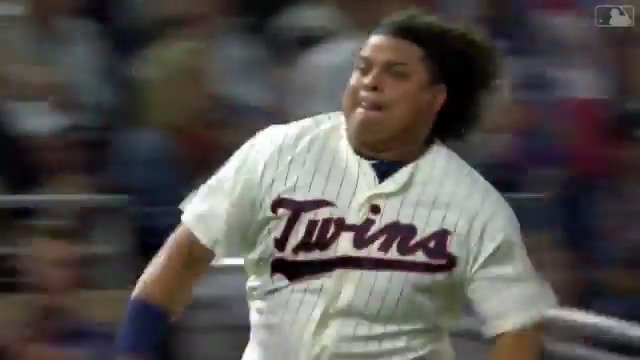On Tuesday, Joe Sheehan wrote a typically thought-provoking piece addressing, in this case, the problem of service-time manipulation, an issue which seems to have reached a tipping point in the 2018 season, a year in which Ronald Acuna, Peter Alonso, Vladimir Guerrero Jr., Gleyber Torres, and even Byron Buxton have been subject to extended minor-league seasoning so their teams can get an extra year of contractual control.
While the Major League Baseball Players’ Association hired Bruce Meyer in part to address these issues when the next collective bargaining agreement is negotiated, Sheehan suggests we rethink the entire process, and calls for “a constitutional convention to address the problems that four decades of patching its rules have created.” In the relevant passage, Sheehan suggests that collective bargaining isn’t necessarily up to the task of solving problems ranging from service-time manipulation to pitching changes to the structure of the playoffs.
We’ve relied on Collective Bargaining Agreement negotiations, twice a decade or so, to address these questions, but those negotiations have proven inadequate to the task. The fact is, these questions exceed the scope of a CBA negotiation. Answering them needs to be a collaborative process, not a confrontational one. Representatives from the league and the teams and the players should be involved, but so should vested interests from all over baseball.
Historians like John Thorn bring perspective about how the game on the field has evolved. Analysts like MLB.com’s Mike Petriello have a grasp on how technology is changing player evaluation and strategy. Controversies over player behavior have alienated fans; giving visible, insightful women like Fangraphs’ Meg Rowley and Baseball Prospectus’ Rachel [sic] McDaniel a seat at the table would send a message that baseball wants everyone to feel welcome.
Let me start by saying that Meg, Rachael, Mike, and John are all fine people and excellent analysts. I’m proud in particular to call Meg a colleague (it is not, in my view, hyperbole to call Meg Rowley the most talented baseball writer working today), and all would, I’m sure, make fine decisions in a position of decision-making baseball authority. With that caveat, however, I have to [differ with] Joe in two primary areas. First, the only people who should have a “seat at the table” of answering most of these questions are lawyers working on behalf of the two sides (players and owners). And second, answering these questions isn’t beyond the scope of a collectively bargained agreement; to the extent recent CBAs have failed to answer them, that’s a failure of negotiation, not a failure of collective bargaining generally.
Let’s start with that second point, by posing another question — namely, what, exactly, is the purpose of a collective bargaining agreement? A CBA is a contract which determines the respective rights, duties, and obligations of an employer and its employees. But it’s also more than that. A collective bargaining agreement doesn’t just determine pay, benefits, and hours worked — it can also determine workplace conditions and safety, discipline, job parameters, and retirement pensions. So when MLB’s collective bargaining agreement makes determinations regarding, for instance, the Home Run Derby, it’s not just establishing the rules of a contest you and I watch on television. It’s setting the ground rules for a part of the employment of every major leaguer.
Read the rest of this entry »

![]() iTunes Feed (Please rate and review us!)
iTunes Feed (Please rate and review us!)![]() Sponsor Us on Patreon
Sponsor Us on Patreon![]() Facebook Group
Facebook Group![]() Effectively Wild Wiki
Effectively Wild Wiki![]() Twitter Account
Twitter Account![]() Get Our Merch!
Get Our Merch!![]() Email Us: podcast@fangraphs.com
Email Us: podcast@fangraphs.com


